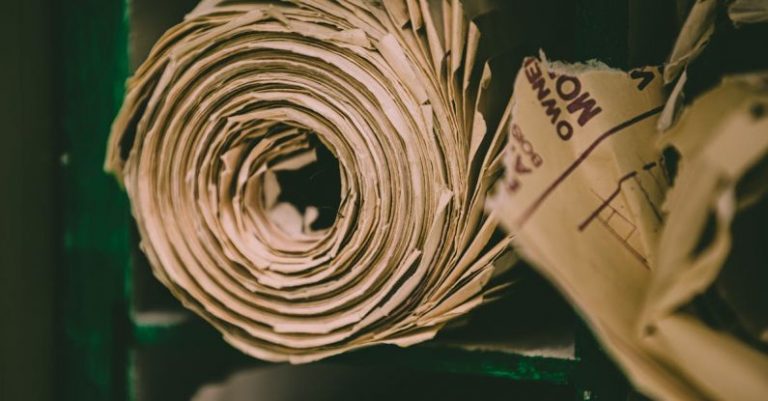How Can 3d Printing Be Incorporated into Traditional Crafts?

The fusion of 3D printing technology with traditional crafts has opened up a realm of possibilities for artisans and designers to push the boundaries of creativity and innovation. This groundbreaking combination has sparked a wave of excitement in the creative industry, enabling craftsmen to blend ancient techniques with cutting-edge technology. By harnessing the power of 3D printing, traditional crafts can be revitalized, offering a fresh perspective on age-old practices and introducing new dimensions to the artisanal world.
Reviving Traditional Crafts with Modern Technology
Traditional crafts, deeply rooted in cultural heritage and craftsmanship, hold a special place in our society. However, with the rapid advancement of technology, there is a risk of these time-honored practices fading into obscurity. 3D printing provides a unique opportunity to breathe new life into traditional crafts by infusing them with modern techniques. By incorporating 3D printing into traditional craft processes, artisans can reimagine traditional designs, experiment with unconventional materials, and create intricate patterns that were once impossible to achieve by hand.
Enhancing Design Precision and Complexity
One of the most significant advantages of integrating 3D printing into traditional crafts is the ability to achieve unparalleled precision and complexity in design. Traditional craftsmanship often relies on manual skills and tools, limiting the intricacy of patterns and shapes that can be produced. With 3D printing, artisans can create intricate and detailed designs with a level of precision that surpasses traditional methods. This opens up a world of possibilities for creating intricate patterns, intricate shapes, and complex structures that were previously unattainable.
Fusing Traditional Aesthetics with Modern Functionality
The marriage of traditional aesthetics with modern functionality is another exciting aspect of incorporating 3D printing into traditional crafts. While traditional crafts are known for their beauty and cultural significance, they may sometimes lack practical utility in today’s fast-paced world. By leveraging 3D printing technology, artisans can imbue traditional crafts with modern functionality, creating products that are not only visually appealing but also highly functional. This fusion of traditional aesthetics with modern functionality adds a new dimension to traditional crafts, making them relevant and appealing to contemporary audiences.
Exploring New Materials and Techniques
3D printing opens up a world of possibilities for artisans to explore a wide range of materials and techniques that were previously inaccessible in traditional crafts. Traditional artisans are often limited by the materials available to them and the techniques passed down through generations. With 3D printing, artisans can experiment with a variety of materials, including plastics, metals, and even bio-based materials, expanding the creative possibilities for traditional crafts. Additionally, 3D printing allows artisans to explore new techniques, such as additive manufacturing and generative design, that can enhance the quality and intricacy of their craft.
Preserving Cultural Heritage Through Innovation
Preserving cultural heritage is a crucial aspect of incorporating 3D printing into traditional crafts. By blending traditional craftsmanship with modern technology, artisans can ensure that age-old practices are not lost to time but are instead revitalized and preserved for future generations. 3D printing offers a unique opportunity to document and digitize traditional crafts, creating a digital archive of cultural heritage that can be accessed and shared worldwide. This innovative approach not only preserves traditional crafts but also ensures that they remain relevant and sustainable in the ever-evolving world of design and technology.
Incorporating 3D printing into traditional crafts is a game-changer for artisans and designers looking to push the boundaries of creativity and innovation. By infusing traditional crafts with modern technology, artisans can revive age-old practices, enhance design precision, fuse traditional aesthetics with modern functionality, explore new materials and techniques, and preserve cultural heritage through innovation. This harmonious blend of tradition and technology paves the way for a new era of creativity and craftsmanship, where the possibilities are limited only by the imagination of the artisans themselves.





